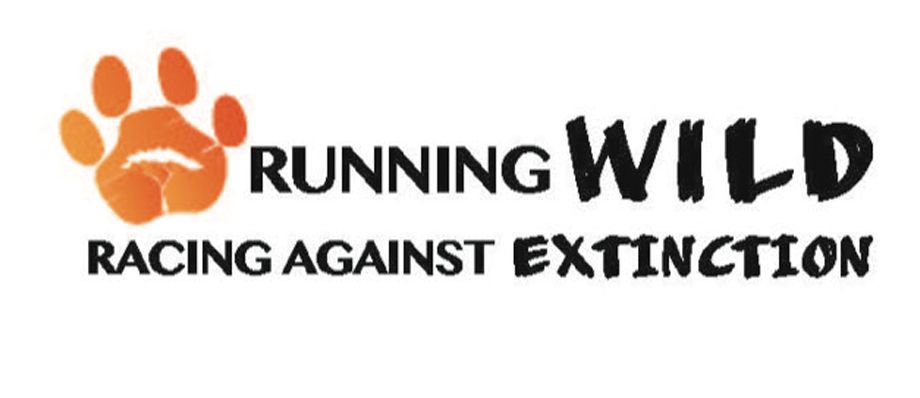
This June Wildlife Protection Solutions will partner for its fifth year with Running Wild, a Denver-based run and fundraiser in support of endangered species in Africa. Participants of all ages will join in the fun on the 5K and 1-mile routes around north Denver and Regis University, which hosts and supports this family friendly event. WPS is among four beneficiaries that will receive a portion of the race proceeds for the work we do to support wildlife in Africa. Read more to learn about the WPS projects and animals that will benefit from this community partnership.

Anti-Poaching Strategies
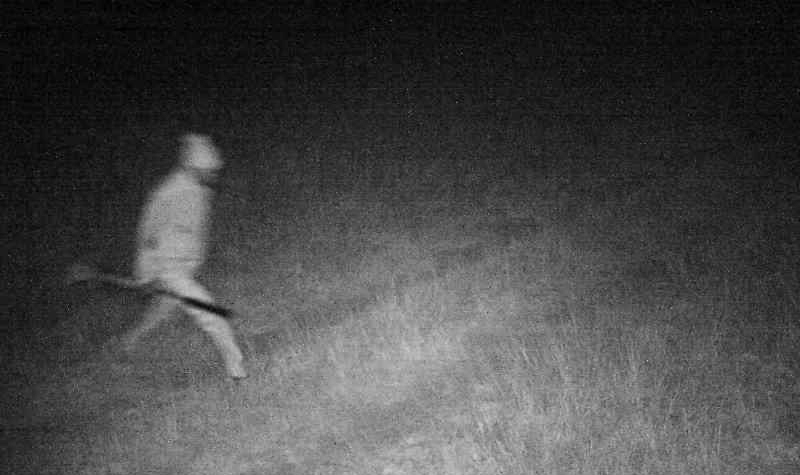
Humans are the biggest threat to Africa’s wildlife. Illegal poaching of animals for body parts and pelts puts a cruel end to the lives of many creatures. Poaching statistics continue to rise across Africa, and threatened animals with dwindling populations hover precariously in the balance for survival. The prognosis is grim, yet humans are also an essential part of the solution, and there is no better time than now to gain traction on the ground to thwart poaching.
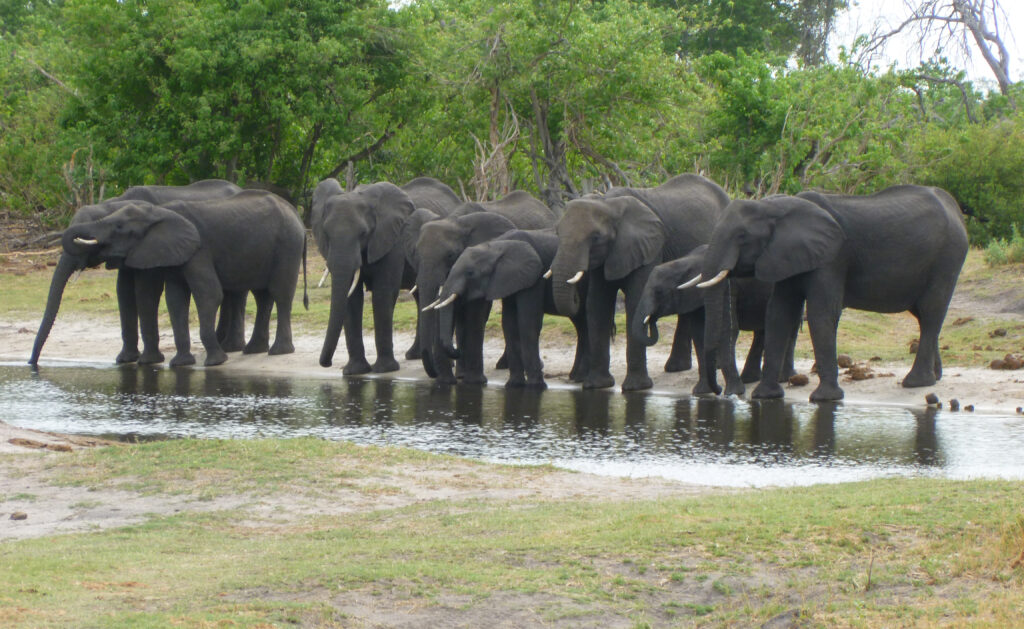
WPS deploys anti-poaching technologies in national parks, wildlife reserves, and other protected habitat throughout Africa and Southeast Asia. Animals in Africa that live in these areas include elephants, black and white rhinos, cheetahs, and lemurs, among many others. Animals in Southeast Asia include orangutans, Javan and Sumatran rhinos, Sumatran tigers, and other wild cats. The WPS solution? Equip protected areas with cameras and specialized technology monitoring systems for eyes-on-the-ground views of events unfolding in real-time. Animals can be seen—and so can humans, including potential poachers. The results? WPS cameras have detected more than 190 trespassers to date. The footage helps prevent crime before it happens and aids in apprehensions and seizures.
Behind the Scenes in the Field
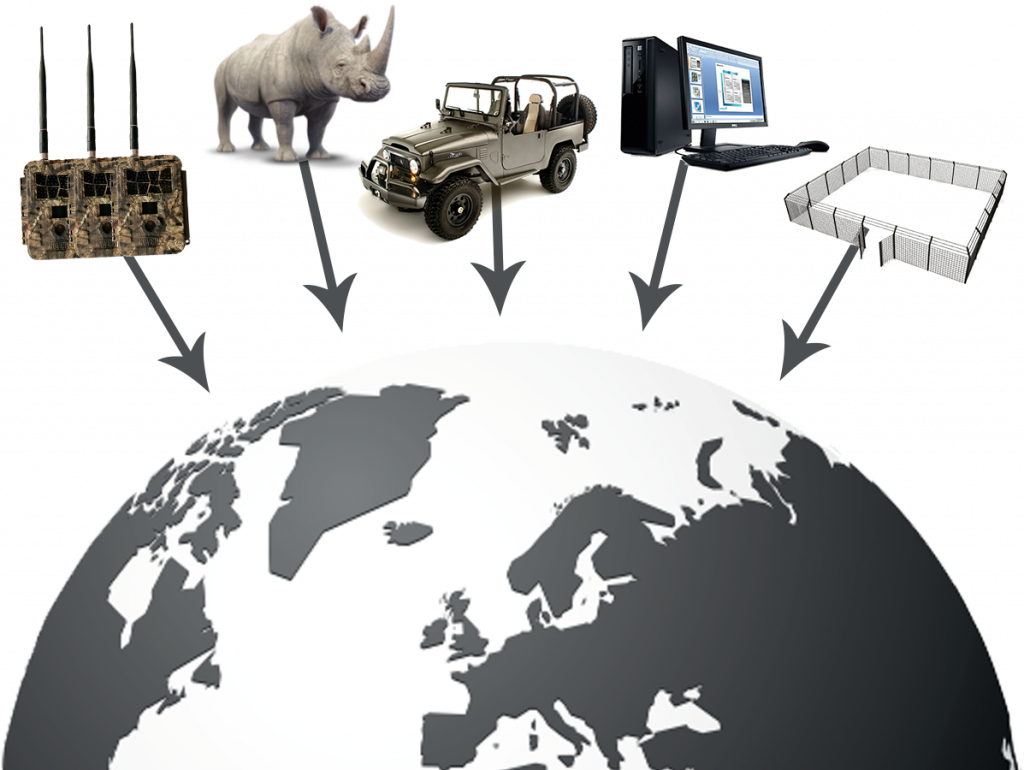
The systems that WPS deploys vary in complexity, purpose, and scale. wpsWatch is the organization’s signature solution. It integrates three main components to fight wildlife crime in real-time: 1) state-of-the-art cameras, sensors, and related equipment, 2) artificial intelligence, and 3) people power. Cameras and sensors capture activity unfolding across a landscape. Customized software scans and analyzes the footage using algorithms capable of distinguishing animal from human and vehicle forms—information that is calculated with other data such as time of day and activity patterns.
If the software detects intrusions, it sends immediate alerts to monitoring stations in the USA and abroad. Reserve managers typically respond within minutes, dispatching anti-poaching teams to the scene. Volunteers and other dedicated staff, whether they are located in Kenya, South Africa, or Denver, serve as an important failsafe to this system by additionally monitoring incoming footage on desktop and mobile dashboards. In this way, poaching can be averted.
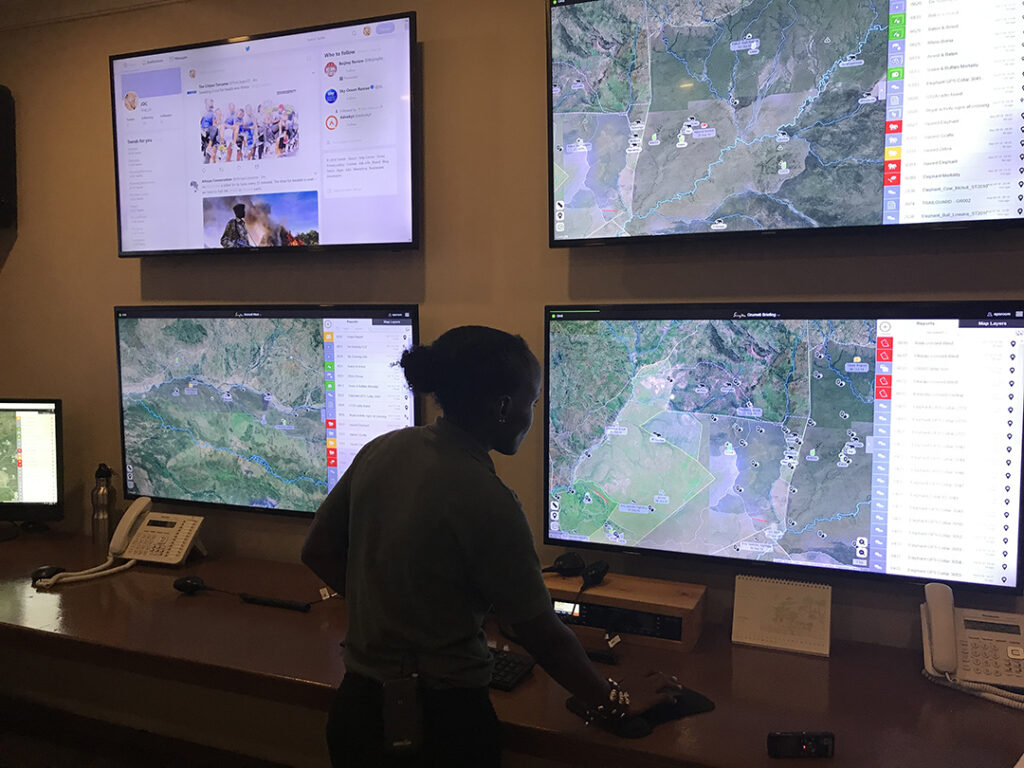
Image courtesy EarthRanger
EarthRanger and SMART are additional tools that WPS uses for protecting and managing wildlife and ecosystems. EarthRanger tracks the movement and location of activities in real time from field-deployed sensors such as radio-tagged wildlife, radio signals, and ranger vehicles, and then precisely maps these activities so that personnel can locate and better manage incidents on the ground. If the dynamic map shows that a fence has been cut by an intruder in Zone C where rhinos are grazing, but the nearest ranger is in Zone B, then managers will see this and can immediately dispatch help where needed. Another rhino saved!
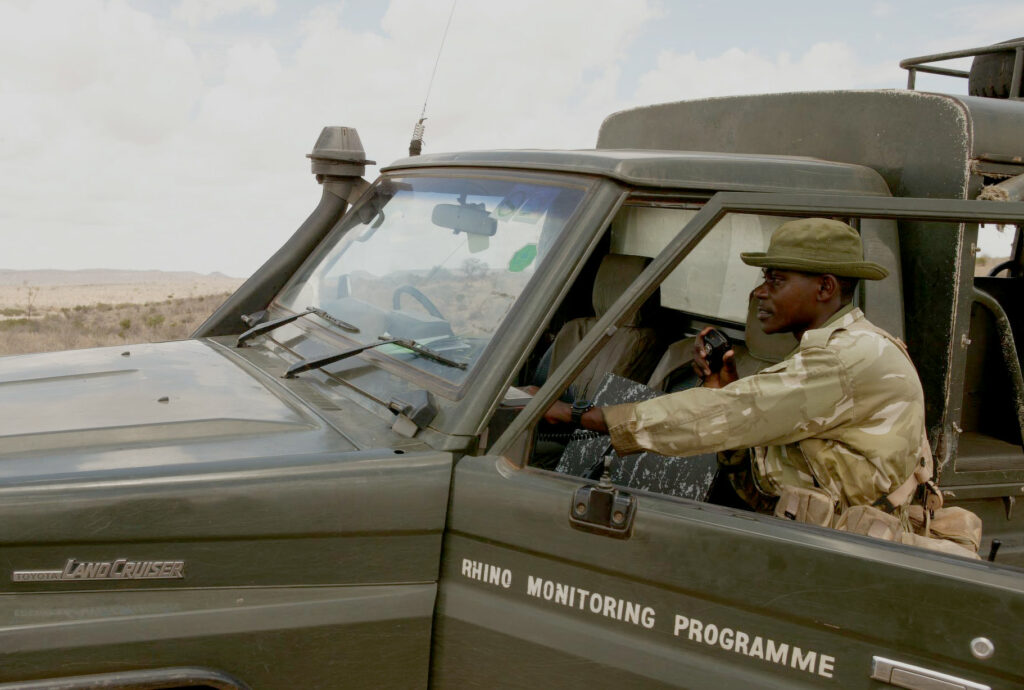
SMART is a data visualization and analytics tool that delivers comprehensive information about a protected area over time. The system integrates data from field sensors with ranger reports to reveal and predict activity patterns. Factors might include the location and number of snares recovered, poaching incidents, wildfire outbreaks, and invasive weeds.
Managers can use this information to improve park protection planning. If poaching incidents are repeatedly occurring in the same zone, then the data helps managers learn why and improve security for the animals they help protect.
Community Partnerships

Wildlife Protection Solutions is glad to be among the wildlife organizations that Running Wild helps support. Aren’t you? Community partnerships like Running Wild help us all meet the goal of zero extinction for African wildlife. If you live in the Denver area and want to join in the fun, then sign up for the run today. And if you are unable to participate in the event, then your donation to WPS is always a great way to contribute to a cause you care about.
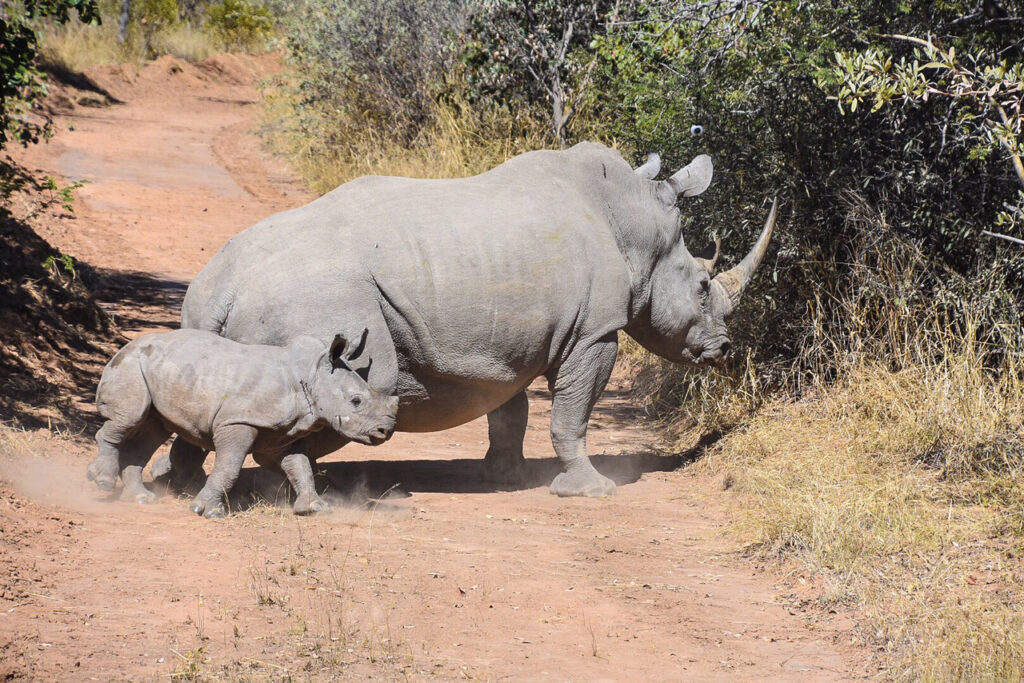
Julie West, Communications Specialist, Wildlife Protection Solutions

